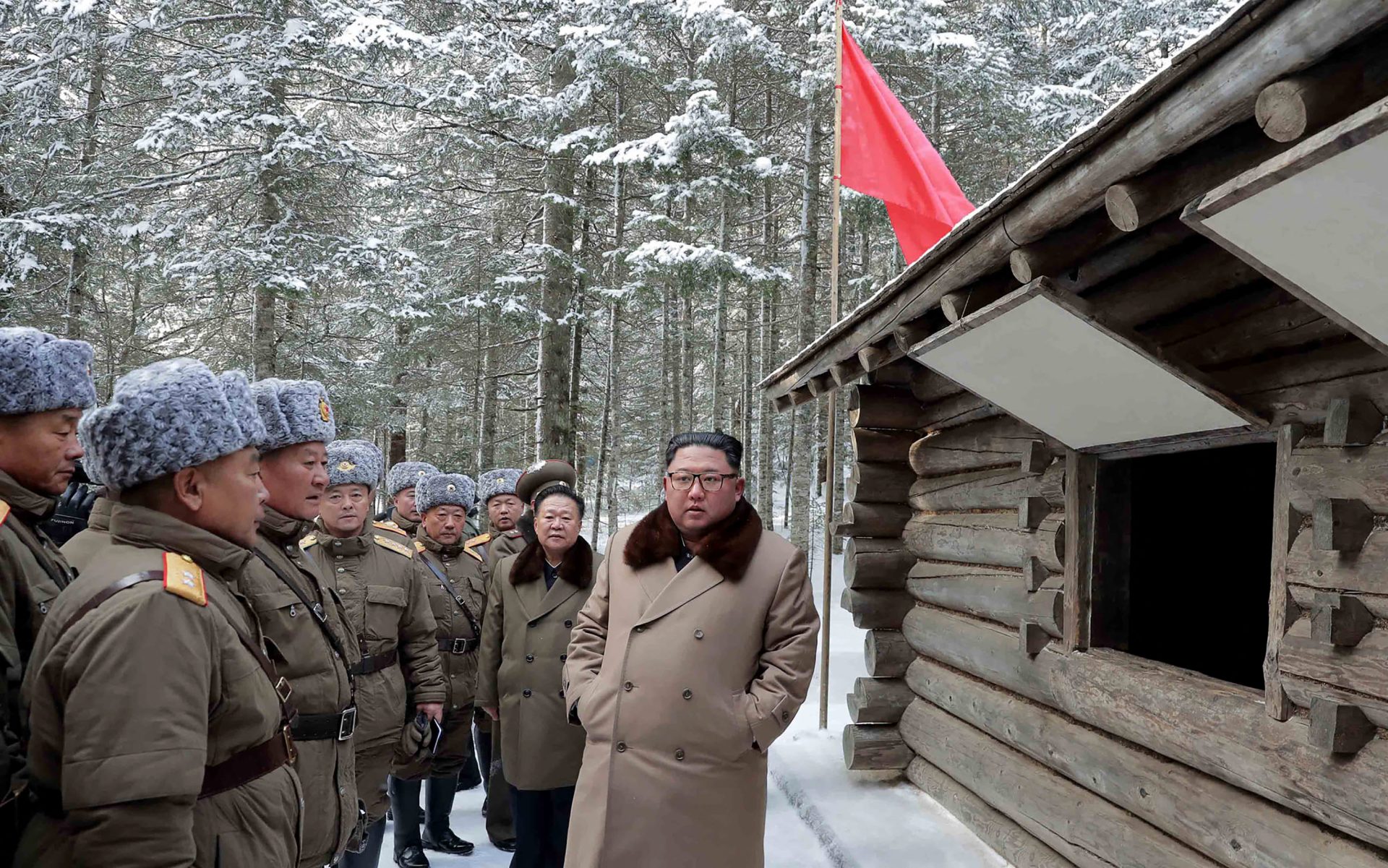In years past, North Korea would reward particularly patriotic youth by inviting them to join a grueling pilgrimage up Mt. Paektu, the tallest mountain on the Korean Peninsula and a sacred peak in the lore about the ruling Kim family.
It was considered an honor to climb to near the top of the mountain, which borders China and offers a stunning vista of a piercing blue lake below.
But these days, young people don’t want to go on this arduous journey, which is traditionally made not only in the summer, but also in the winter, when temperatures on the 9,003-foot (2,744-meter) mountain drop to minus 30 degrees Celsius (-22 degrees Fahrenheit), sources in the country tell Radio Free Asia.
Plus, since 2019 young people selected for the honor need to cover the cost for supplies and equipment, which comes to around US$50 a person – a huge sum for most North Koreans.
“They gripe, ‘Why should I have to pay so much money to go suffer in the freezing cold?’” a resident of South Pyongan province told RFA’s Korean Service on condition of anonymity to speak freely.
So authorities are resorting to coercing young people to go on the trek, or targeting richer families who are more likely to be able to cover the cost. “Authorities are forcing young people who have wealthy parents to explore Mt. Paektu,” he said.
Prior to 2019, the national budget paid for the trip, but after the coronavirus pandemic froze trade and business and largely erased the government’s revenue income, the individuals must pay their own way.
“Young people without money are not selected in the first place,” the source said. Some youth get out of it by paying bribes to the authorities, he added.
The entire journey around the various sites around the sacred mountain takes about 10 days, a source from the northwestern province of North Pyongan told RFA on condition of anonymity to speak freely.

Legendary mountain
Mt. Paektu has been an important location in Korean culture for millennia. It is said to be the birthplace of Dangun, the mythical first Korean, and North Korean propaganda claims it is also the birthplace of Kim Jong Il, current leader Kim Jong Un’s father. Members of the Kim family are described as part of the “Paektu Line.”
One key site along the route is the Paektu Milyong home, the house Kim Jong Il is said to have been born in, now preserved as a museum.
According to propaganda, on the day of Kim Jong Il’s birth, said to be in 1942, two rainbows appeared above the house, and a new star shone in the sky that night, heralding the coming of the future Dear Leader. At that time his father, national founder Kim Il Sung, is said to have been leading an army of guerrillas who fought against Japanese colonial rule, based at a “secret camp” on the mountain.
Soviet records, however, say that Kim Jong Il was born Yuri Iresenovich Kim a year earlier, while his father was leading soldiers in the Russian far east, nowhere near Mt. Paektu. Nevertheless, a site said to be the secret camp is on the Paektu climb itinerary.
This winter, a total of 1,500 youth were selected from all over the country, the sources said. They included about 200 youth from the city of Sinuiju, which borders China, and 300 from South Pyongan province.
Copyright © 1998-2020, RFA. Used with the permission of Radio Free Asia, 2025 M St. NW, Suite 300, Washington DC 20036.







